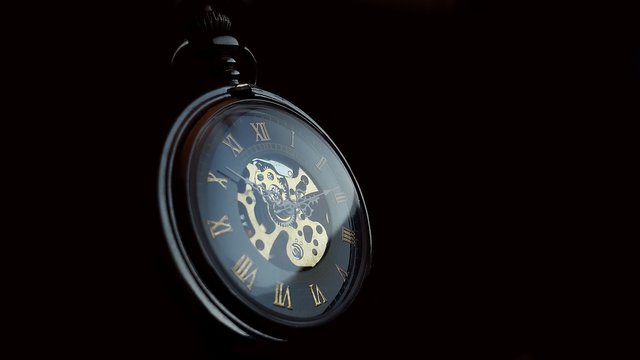Turning Time With A Quantum Computer
The second law of thermodynamics tells us that entropy can flow only in a single direction. From an orderly state to a chaotic state. But quantum physicists wouldn’t be quantum physicists if they wouldn’t try to break everything apart.

- Be also sure to check out my other posts and follow me @kralizec and subscribe to my Youtube channel at Kralizec Gaming Youtube Channel
We live in a world that works on a set of physics laws. But physicists aren’t willing to deal with that. Often, they are looking for ways that could allow us to disprove the laws or at least to question their absolute power. One of them is Gordey Lesovik from the Moscow Institute of Physics and Technology. He and an international team of coworkers worked on “provoking” the second law of thermodynamics.
Most physics laws don’t really care about the past and present. But nobody doesn’t expect that stuff like the spontaneous rearrangement of pools back to their original positions or that particles of tea will all turn back into the tea bag. That is because we humans do intuitively understand the second law of thermodynamics and know the flow of time.
The Quantum physicists were interested if it is possible to turn time for a single particle for at least a tiny moment. More specifically a single electron. The electron is described by the Schrödinger Equation. As time passes the system is becoming more and more chaotic just as the second law of thermodynamics tells us it should.
But, the Schrödinger Equation is reversible. Using a sophisticated mathematical transformation that includes complex numbers it is possible to describe the electron’s state back in time. While we haven’t seen this happen in nature the physicists say it could theoretically happen thanks to microwave background radiation. But the chances of this happening are minuscule. The physicists calculated that if we observed ten billion new electron states every second for the entirety of our Universes existence we would see only an electron “jump to the past” only once. And if it did happen, it would travel back only about one ten-billionth of a second.
But this wasn’t enough for them. They wanted to see if they can do it. So they used an IBM quantum computer to create a state of the quantum computer that evolves directly against time. In other words, it travels back into the past. And it actually worked. In about 85 % of cases. And when they used a 3 qubit computer instead of two qubits it worked in about half the cases.
Interestingly enough, it turns out this isn’t just a “toy” for quantum physicists. It seems to be possible to use this to increase the computational power and precision of quantum computers.
Sources:
- https://www.nature.com/articles/s41598-019-40765-6
- https://phys.org/news/2019-03-physicists-reverse-quantum.html
- If you like the content I’m producing about science maybe you will like the content I produce about gaming as well! Be sure to check out my other posts!
This post has been voted on by the SteemSTEM curation team and voting trail in collaboration with @curie.
If you appreciate the work we are doing then consider voting both projects for witness by selecting stem.witness and curie!
For additional information please join us on the SteemSTEM discord and to get to know the rest of the community!